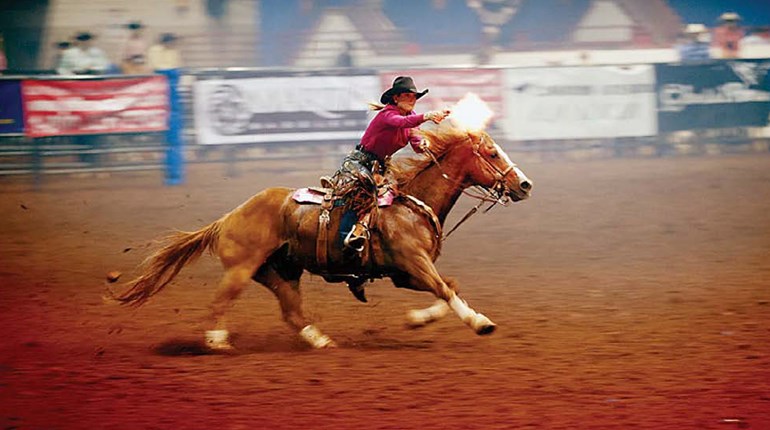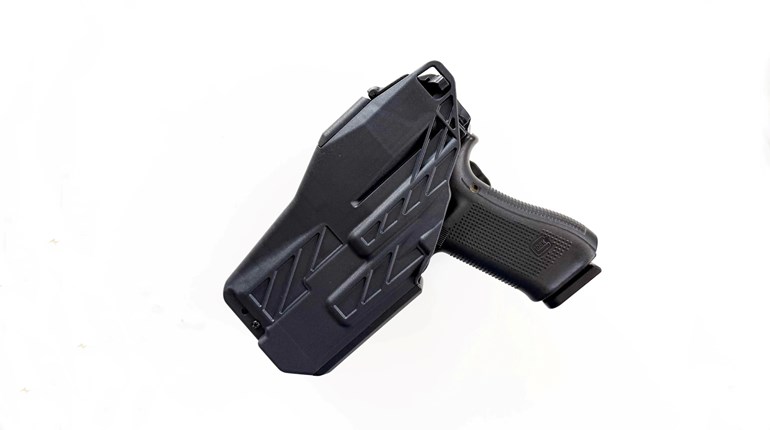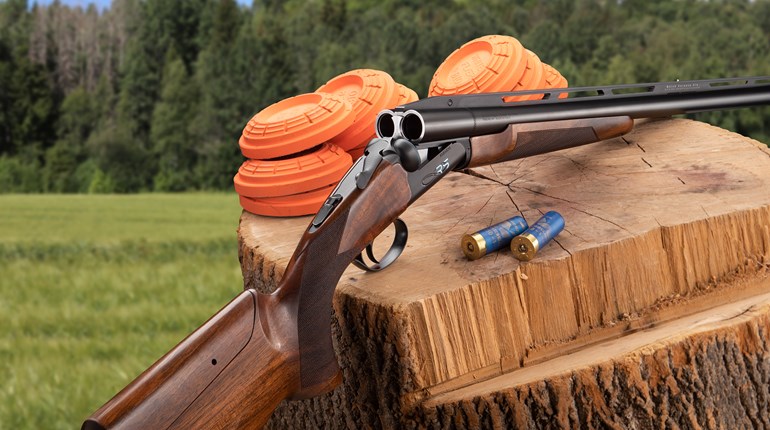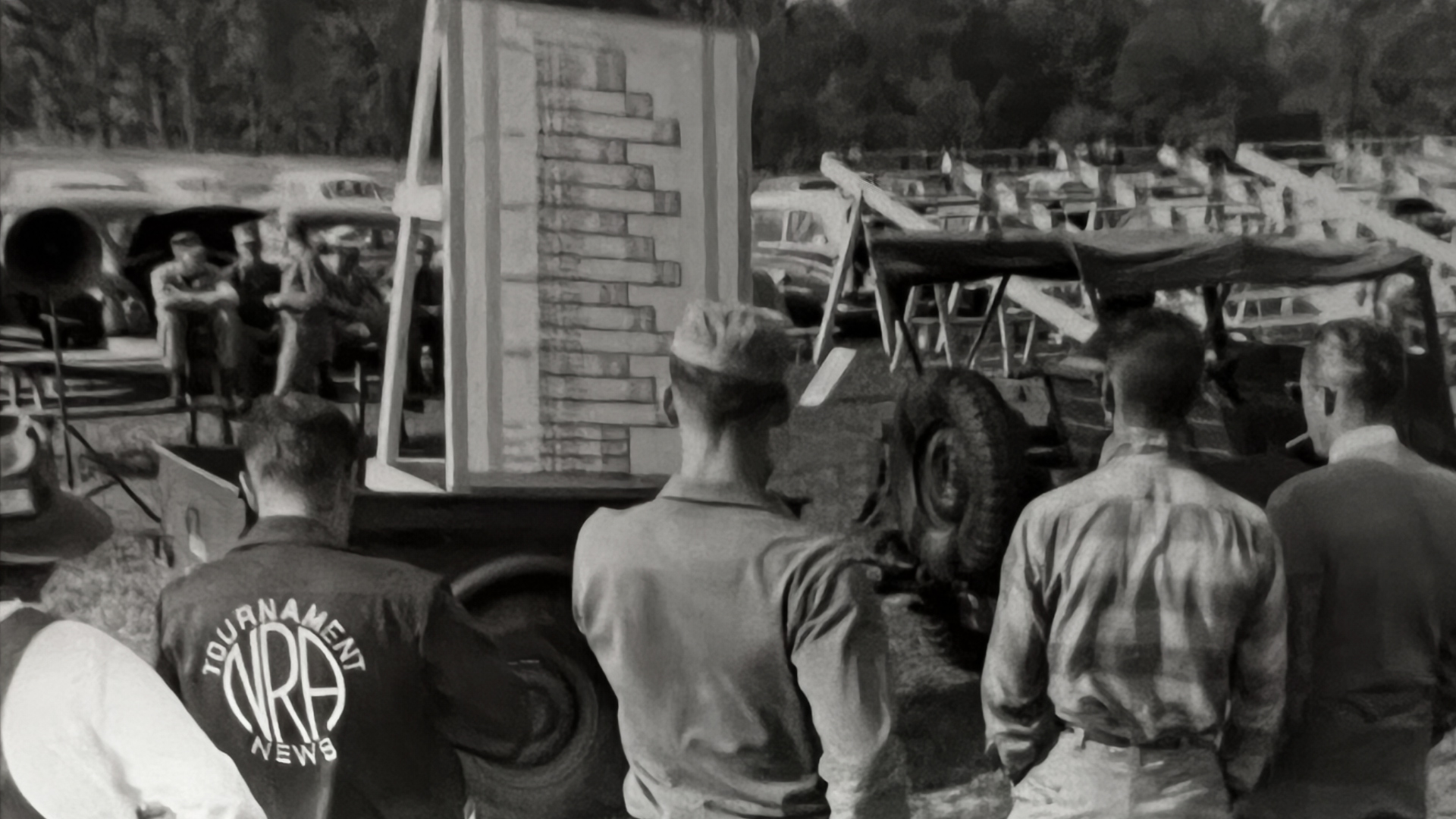
“The National Board for the Promotion of Rifle Practice and the Department of the Army are making every effort to find the means to conduct future National Matches in the same manner and on the same scale as before World War II. As this is accomplished, the National Rifle Association will be relieved of many of the responsibilities which it has assumed in the past few years in order that the National Matches could be held at all. We can feel justly proud of the efforts this Association has made in maintaining the tradition of the National Matches and in encouraging their rejuvenation.”
—NRA Executive Director Maj. Gen. Merritt Edson in The American Rifleman, May 1955
Challenge and compromise surrounded 1955 National Match preparations and at the heart of the matter was the subject of appropriations. In March, National Board representative and future NRA President (1959-1961) Irvine Porter spoke before the Appropriations Committee and called for a reversal of the Budget Bureau’s recommended $54,000 National Match allotment, an amount significantly lower than the one million dollar-plus request from the Board, the majority of which was earmarked for ammunition. Porter’s address challenged Congress to decide whether the National Board should continue to exist at all if not funded appropriately.
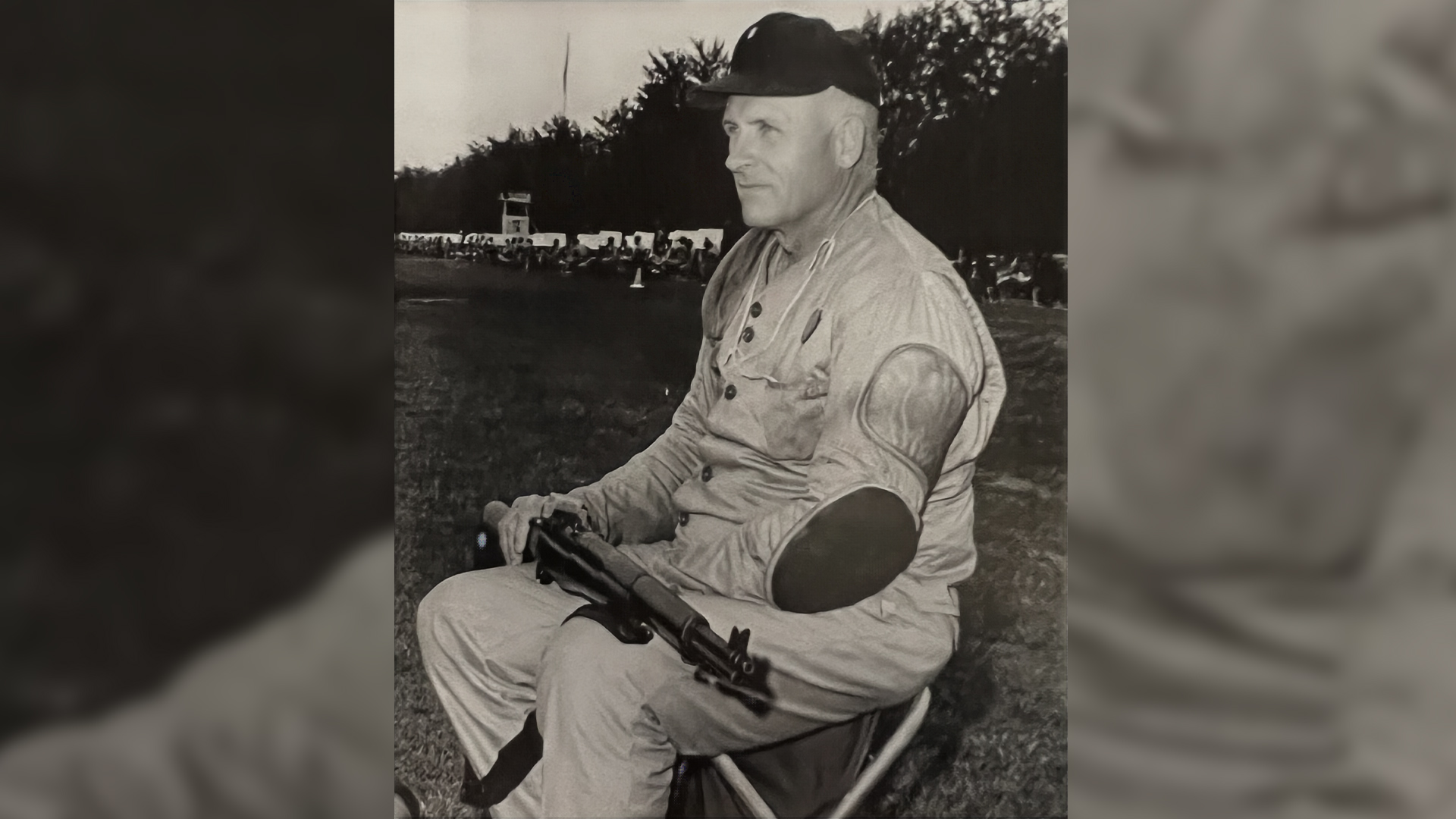
Come July in the 84th Congress, Public Law 157 was signed by President Dwight D. Eisenhower and included an appropriation of $400,000, with the $300,000 increase over the 1954 National Matches allotment earmarked for ammunition. The final figure proved to be a compromise: the Bureau of the Budget had only upped its proposal to $150,000, the House approved $265,000 ($165,000 for ammunition), while the Senate had given a liberal nod of $500,000 with a proviso that permitted the transfer of ammunition not to exceed $1.2 million on a non-reimbursable basis.
For the first time in the post-World War II era, the National Board returned in its role as sponsor of the National Matches and two insignias appeared on the first page of the printed match program: at the top was one for the Department of Defense and at the bottom was one for the NRA. A general match calendar, preceded by the words “authorized by the Congress of the United States” appeared between the seals. Col. Charles Leonard, Jr., of the Weapons Department at Fort Benning (now Fort Moore), Georgia, was the Executive Officer of a joint service effort that included more than 1,400 officers and men on staff, the majority of which came from the U.S. Army’s 11th Airborne Division. The Army also established and operated a mess for the more than 2,400 competitors on hand in a facility that featured modernized equipment in addition to new lighting and screens. The clubhouse was also renovated and among the updated amenities were coin-operated washing machines.
In 1955, all entries in the National Matches, except for the muzzle loading (new in 1953 under National Muzzle Loading Rifle Association rules and regulations) and Board events, were made in advance via entry cards and for the first time since before the war, smallbore matches were fired first followed by the concurrent firing of the high power and pistol events. In addition, a significant development in smallbore competition in 1955 was that the aggregate was doubled to 6400 from 3200 possible points.
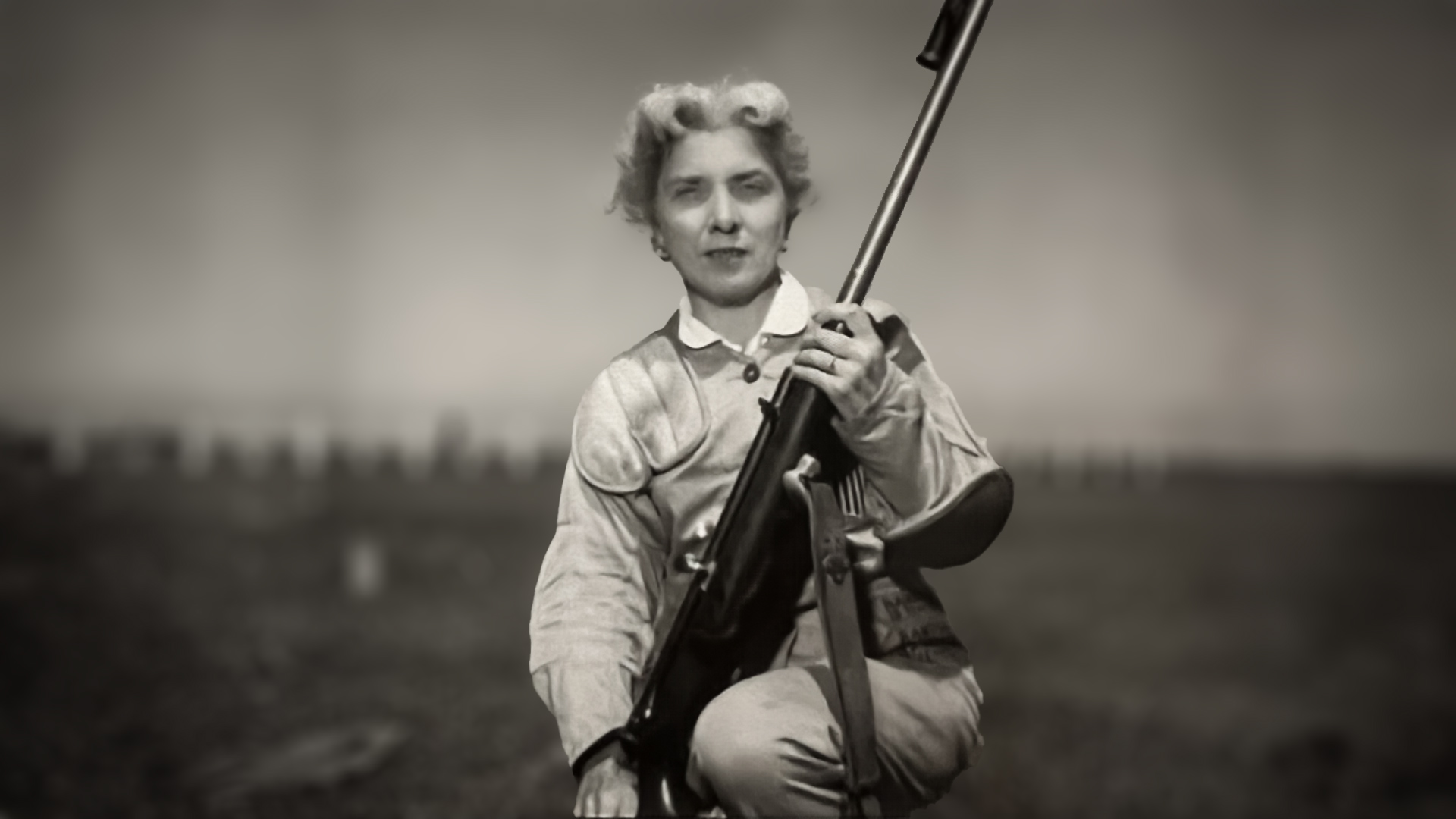
Smallbore competitors had requested the championship course change to better gauge their skill and endurance and it was in this first year of the “double Critchfield” course that the first woman in National Match history earned national champion status, and with it, the first ever “hat trick.” Viola Pollum of Brookville, Pennsylvania, fired a Morgan-Johnson rifle with Unertl tube sight and scope (16X) to claim national titles in the open, civilian and women’s categories with a score of 6390-491X. (Pollum’s accomplishment went unmatched for 22 years until Arizona’s Mary Stidworthy finished atop the entire field at the 1977 National Matches.)
Notable on the National Board side was the addition of a fifth match to the program. The Infantry Trophy Match was fired this year on silhouette targets at ranges of 200, 300, 400 and 600 yards. The inclusion of this match on the National Board schedule first came in 1936, 14 years after it was developed in part by legendary rifleman K.K.V. Casey and fired as an NRA event. The match began back when experimentation with skirmish events was common and emphasized as the National Match programs contribution toward military preparedness. The Infantry Match experienced a popular existence before its elimination from the National Match schedule in 1940 when skirmishing on foreign soil took precedence.
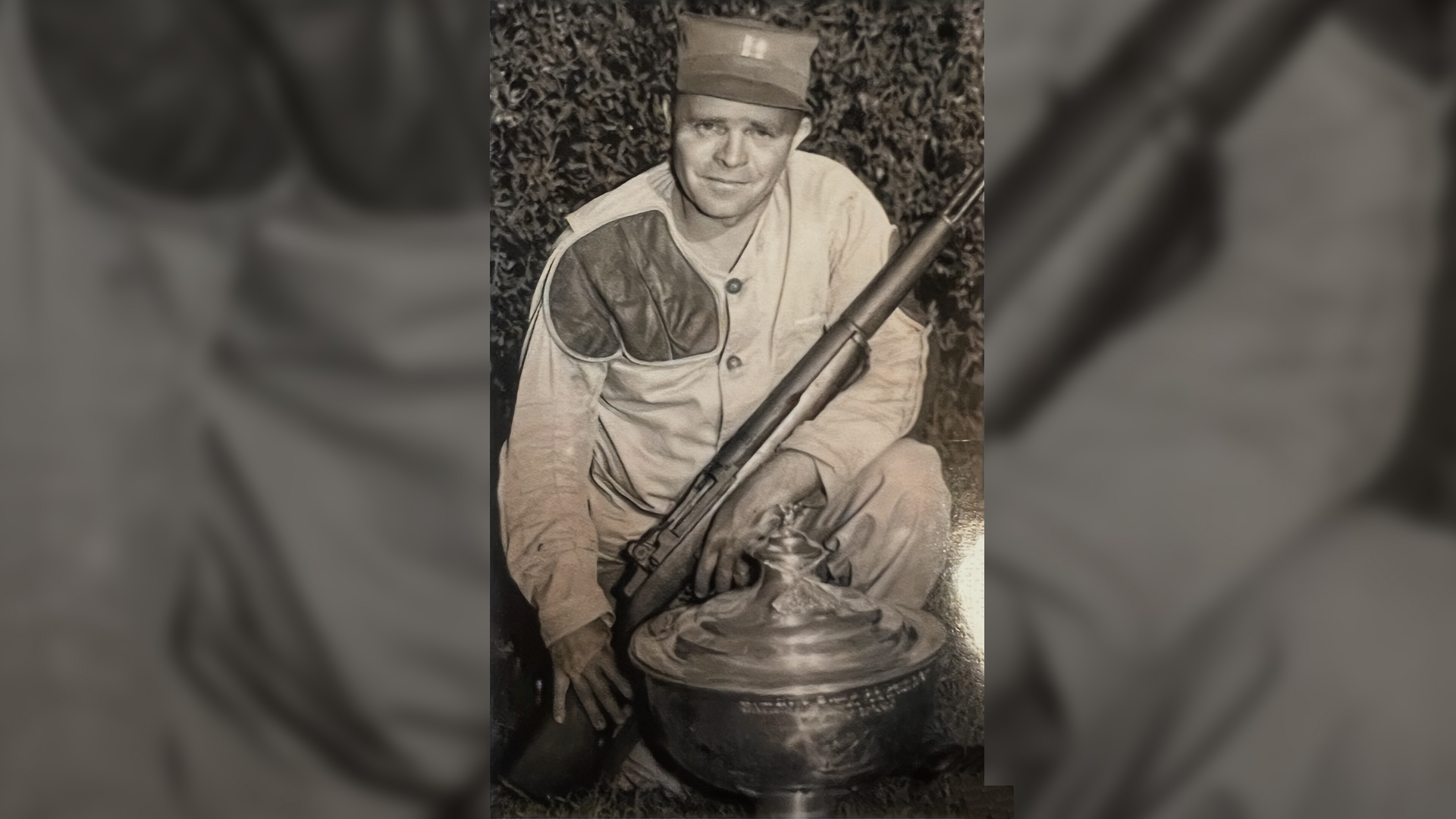
The Army team won the match in 1955 in addition to the Herrick and Nevada Trophy Team Matches, while the Marines took the Rumbold, Romanian, Enlisted Men’s and National Trophy Team Rifle Matches. Marine Lt. Charles Folsom won the National Individual rifle title, while the Army’s Maj. Ben Curtis received the pistol honor in a match that featured the addition of a Citizen’s Military Championship medal (won by Detroit Policeman Alfred Hemming). The equivalent award on the rifle side was first presented in 1927. Army also took the National Trophy Team Pistol award and both NRA high power titles as its international rifle coach, Capt. John Kolb, won with the service rifle and Sgt. 1st Class Loyd Crow, Jr., won the match rifle title with a Winchester Model 70 and record score (643-69V) that eclipsed the previous mark by 15. Ruth Sawyer of Dayton, Ohio, and Marlene Bellinger of Seattle, Washington, won the women’s service and match titles, respectively.
Winchester rifles also produced the winning scores in the NRA’s three prominent individual matches: Army Master Sgt. Francis Conway shot a Model 54 for a 100-18V to claim the Wimbledon Cup, Marine Capt. Joseph Riggs, Jr., won the Leech Cup with a Model 70 and 100-15V score, while Marine Sgt. Emmett Duncan’s President’s Match win (150-16V) was fired with a manually operated Model 70 that featured a trigger shoe.
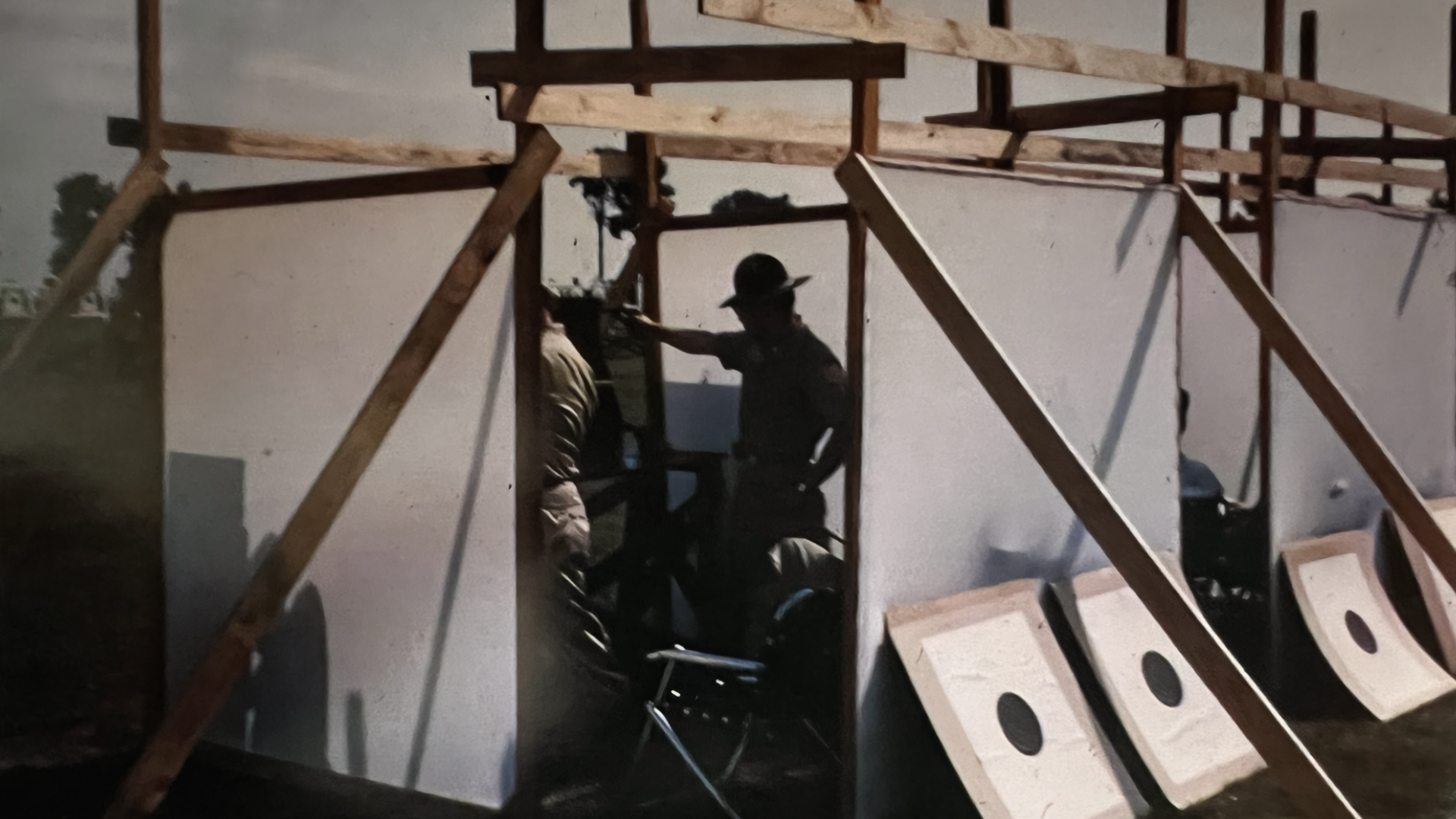
The Army’s Joe Benner was crowned the 1955 national pistol champion after he fired Colts across the course for a 2619 and his fourth title in eight years, while Gertrude Backstrom won the women’s title and overall, set a .22 national record and earned a spot as an alternate on the 1955 Mayleigh Cup team.














